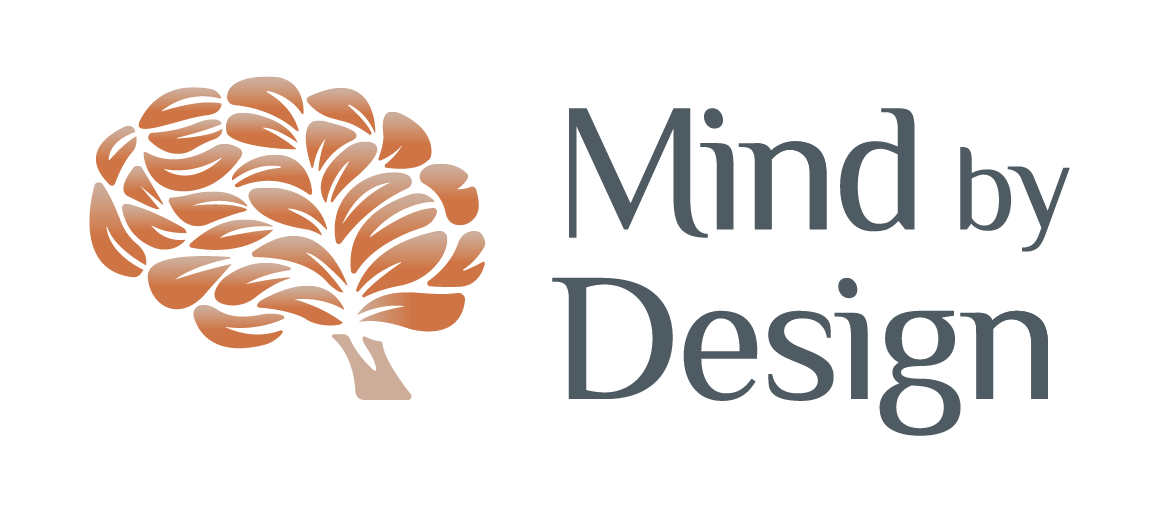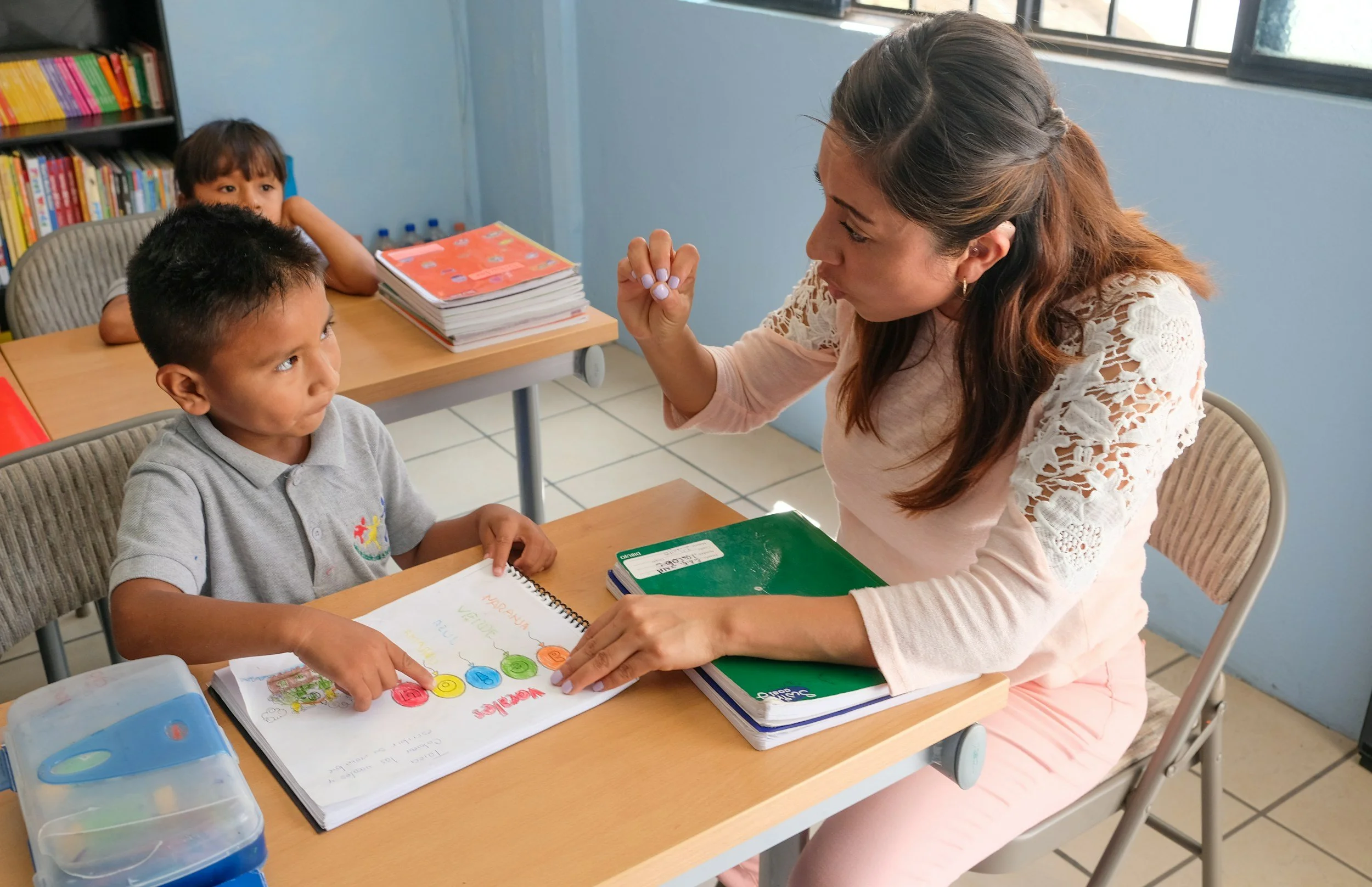Neurodiversity in the Classroom: Creating Truly Inclusive Learning Environments
When I think about the future of education, I envision classrooms where every child's unique brain is not just accepted but celebrated. This isn't just a feel-good sentiment – it's a fundamental shift in how we approach learning that can transform the educational experience for all students. The concept of neurodiversity recognizes that neurological differences like ADHD, autism, dyslexia, and other learning variations are natural parts of human diversity, not deficits to be fixed or problems to be solved.
Yet despite growing awareness of neurodiversity, many classrooms still operate on a one-size-fits-all model that inadvertently excludes students whose brains work differently. Creating truly inclusive learning environments requires more than good intentions; it demands intentional design, flexible teaching methods, and a fundamental understanding that different doesn't mean less capable.
Understanding Neurodiversity Beyond Labels
The neurodiversity movement fundamentally challenges how we think about learning differences. Instead of viewing conditions like ADHD, autism, dyslexia, or processing disorders as medical problems requiring treatment, neurodiversity recognizes these as natural variations in human brain function. This perspective shift is profound because it moves us away from deficit-based thinking toward strength-based approaches that honor each child's unique cognitive profile.
This doesn't mean ignoring challenges or avoiding necessary support. Rather, it means recognizing that neurodiverse students often possess remarkable strengths that traditional educational models may overlook. A student with ADHD might struggle with sustained attention to tasks that don't engage them, but they may also demonstrate exceptional creativity, innovative problem-solving abilities, or the capacity for hyperfocus when working on topics that captivate their interest. A student with autism might find social interactions challenging but possess incredible attention to detail, pattern recognition skills, or deep expertise in their areas of interest.
The key is understanding that these students' brains are wired differently, not defectively. Their challenges in traditional learning environments often stem from mismatches between their neurological makeup and educational approaches designed for neurotypical learners. When we create environments that accommodate different learning styles and cognitive processes, we don't just help neurodiverse students succeed – we often discover teaching methods that benefit all learners.
This perspective also helps us move beyond the limiting belief that there's only one right way to learn, think, or demonstrate knowledge. Some students learn best through movement, others through visual representations, and still others through hands-on exploration or auditory processing. Some need quiet spaces to concentrate, while others think better with background noise. Some excel at demonstrating knowledge through traditional tests, while others shine when given alternative assessment methods.
The Current State of Classroom Inclusion
Despite increased awareness of learning differences, many classrooms still struggle to truly accommodate neurodiverse learners. Traditional educational models typically emphasize sitting still, listening quietly, following sequential instructions, and demonstrating learning through standardized assessments. These expectations can create significant barriers for students whose brains naturally operate differently.
Many well-meaning educators attempt to support neurodiverse students through accommodations like extra time on tests, preferential seating, or modified assignments. While these supports can be helpful, they often treat symptoms rather than addressing the underlying need for fundamentally different instructional approaches. True inclusion goes beyond accommodating differences – it means designing learning environments that work for diverse cognitive styles from the outset.
The physical environment of most classrooms also presents challenges for neurodiverse learners. Fluorescent lighting can be overwhelming for students with sensory sensitivities, constant visual stimulation from bulletin boards and decorations can be distracting for students with attention differences, and rigid seating arrangements may not support students who need movement to learn effectively. These environmental factors can significantly impact a student's ability to focus, process information, and demonstrate their knowledge.
Assessment methods in traditional classrooms often favor specific types of learners while disadvantaging others. Students who struggle with written expression may have brilliant ideas they cannot effectively communicate through essays. Students with processing speed differences may understand concepts deeply but need more time to demonstrate their knowledge. Students with executive function challenges may struggle with multi-step projects despite having strong content knowledge.
Perhaps most concerning is the impact on student self-esteem and identity formation. When neurodiverse students consistently struggle in environments not designed for their learning styles, they may internalize messages that they are "broken," "lazy," or "not smart enough." This can lead to school avoidance, behavioral challenges, anxiety, and depression that extend far beyond the classroom.
Universal Design for Learning: A Framework for Success
Universal Design for Learning (UDL) provides a research-based framework for creating inclusive classrooms that work for all students from the start. Rather than retrofitting accommodations for individual students, UDL principles guide educators in designing instruction that naturally accommodates diverse learning needs and preferences.
Multiple Means of Representation
The three core principles of UDL align beautifully with neurodiversity principles. First, providing multiple means of representation ensures that information is presented in various ways – visual, auditory, tactile, and kinesthetic – allowing students to access content through their preferred learning channels. This might include offering text alongside audio recordings, using graphic organizers to represent relationships between concepts, or incorporating hands-on demonstrations alongside verbal explanations.
Multiple Means of Engagement
Second, providing multiple means of engagement recognizes that students are motivated by different factors and learn best when they can connect with material in personally meaningful ways. This involves offering choices in topics, tools, and learning pathways while incorporating students' interests and cultural backgrounds into instruction. For neurodiverse learners, this might mean allowing a student fascinated by trains to explore mathematical concepts through train-related problems or letting a student with strong artistic abilities demonstrate their understanding of historical events through visual representations.
Multiple Means of Action
Third, providing multiple means of action and expression ensures that all students can demonstrate their learning in ways that showcase their strengths rather than highlighting their weaknesses. This might involve offering oral presentations instead of written reports, allowing students to create multimedia projects, or providing assistive technology that helps students communicate their ideas more effectively.
UDL also emphasizes the importance of teaching students to become expert learners who are purposeful, motivated, resourceful, knowledgeable, strategic, and goal-directed. This metacognitive focus helps neurodiverse students develop self-awareness about their learning preferences and strategies while building the self-advocacy skills they'll need throughout their lives.
Practical Strategies for Inclusive Instruction
Creating truly inclusive classrooms requires intentional implementation of specific strategies that support diverse learning needs. These approaches benefit all students while being essential for neurodiverse learners to access and demonstrate their learning effectively.
1. Flexible Seating Arrangements
Flexible seating arrangements can dramatically improve learning outcomes for many students. This might include stability balls, standing desks, floor cushions, wobble cushions, or designated quiet corners where students can retreat when they need to regulate their sensory input. The key is providing options rather than prescriptive solutions, allowing students to choose seating that supports their individual needs throughout the day.
2. Sensory Considerations
Sensory considerations play a crucial role in creating inclusive environments. This includes managing lighting by using natural light when possible and avoiding fluorescent bulbs, reducing visual clutter while maintaining engaging displays, providing sensory tools like fidget items or noise-canceling headphones, and creating designated quiet spaces where students can decompress when feeling overwhelmed.
3. Instructional Delivery
Instructional delivery should incorporate multiple modalities simultaneously. Present information visually through graphic organizers, charts, and diagrams while also providing auditory explanations and hands-on activities. Break complex tasks into smaller, manageable steps with clear visual or written directions. Use consistent routines and clear transitions to help students with executive function challenges navigate their day successfully.
4. Assessment Methods
Assessment methods should offer multiple pathways for students to demonstrate their learning. This might include oral presentations, multimedia projects, portfolios, practical demonstrations, or collaborative group work alongside traditional written assessments. The goal is to measure student understanding rather than their ability to navigate specific assessment formats.
5. Technology Integration
Technology integration can provide powerful support for neurodiverse learners. Text-to-speech software helps students with reading difficulties access grade-level content, speech-to-text tools support students with written expression challenges, visual scheduling apps help students with executive function differences manage their time and tasks, and communication apps can support students who struggle with verbal expression.
Supporting Educators in Inclusive Practice
Teachers are the key to creating truly inclusive classrooms, but they need adequate support, training, and resources to implement neurodiversity-affirming practices effectively. Many educators enter the profession with limited training in learning differences and may feel overwhelmed by the prospect of meeting diverse learning needs simultaneously.
Professional development should focus on practical strategies rather than theoretical concepts alone. Teachers need hands-on experience with UDL principles, sensory considerations, assistive technology tools, and differentiated instruction methods. They also need opportunities to collaborate with specialists like occupational therapists, speech-language pathologists, and educational psychologists who can provide expertise about specific learning needs.
Administrative support is crucial for creating systemic change rather than isolated pockets of inclusion. This includes providing adequate planning time for teachers to develop differentiated materials, funding for assistive technology and flexible furniture, policies that support innovative assessment methods, and recognition that inclusive teaching requires different approaches than traditional instruction.
Collaboration with families becomes even more important in inclusive settings. Parents of neurodiverse students often have valuable insights about their children's learning needs, successful strategies, and potential challenges. Regular communication and partnership with families help ensure consistency between home and school while honoring the expertise that parents bring to their children's education.
Moving Forward: Creating Lasting Change
Creating truly inclusive learning environments requires commitment at all levels – from individual teachers to school administrators to district leadership to policy makers. Change happens gradually, but every step toward greater inclusion makes a meaningful difference in students' lives.
Start with mindset shifts that recognize neurodiversity as natural human variation rather than a collection of problems to be fixed. Implement UDL principles gradually, beginning with small changes like offering choice in seating or providing multiple ways to demonstrate learning. Invest in professional development that gives educators practical tools and strategies for inclusive instruction. Create policies and procedures that support flexible teaching methods and diverse assessment approaches. Most importantly, listen to neurodiverse students and their families about what works, what doesn't, and what changes would make the biggest difference in their educational experience. True inclusion happens when we design learning environments that honor and celebrate the full spectrum of human cognitive diversity.
Every learning difference is an opportunity to discover new strengths. We’re here to support your family in celebrating what makes your child uniquely amazing. Contact us today to learn more or get started!

